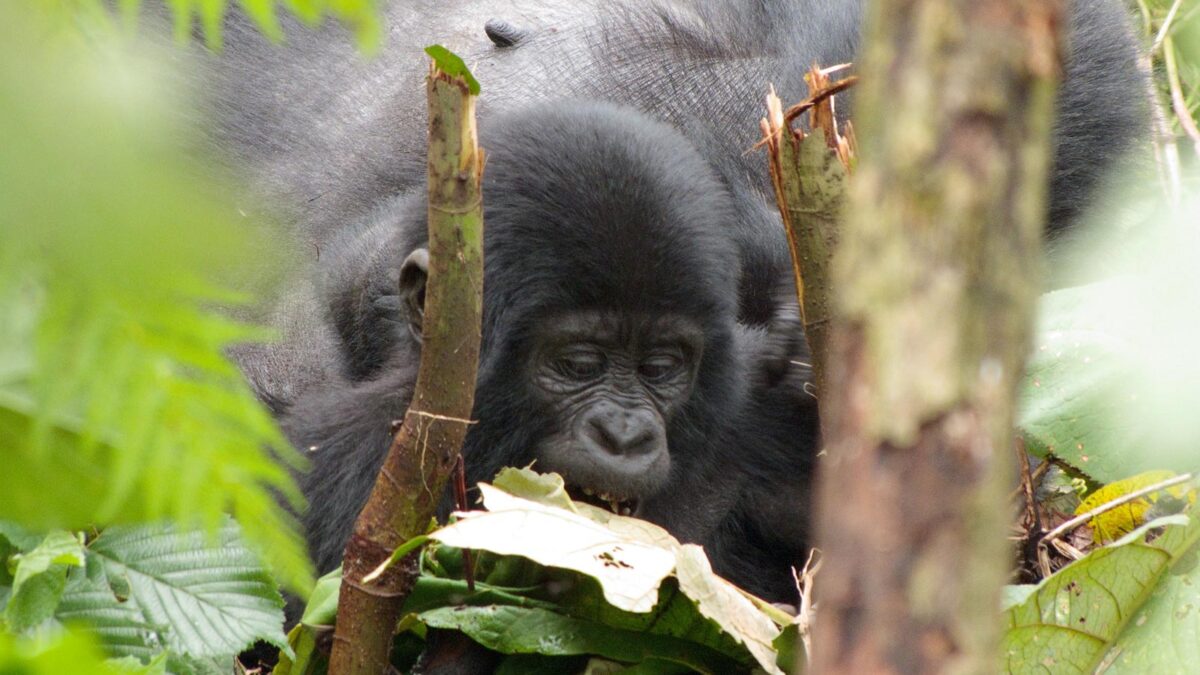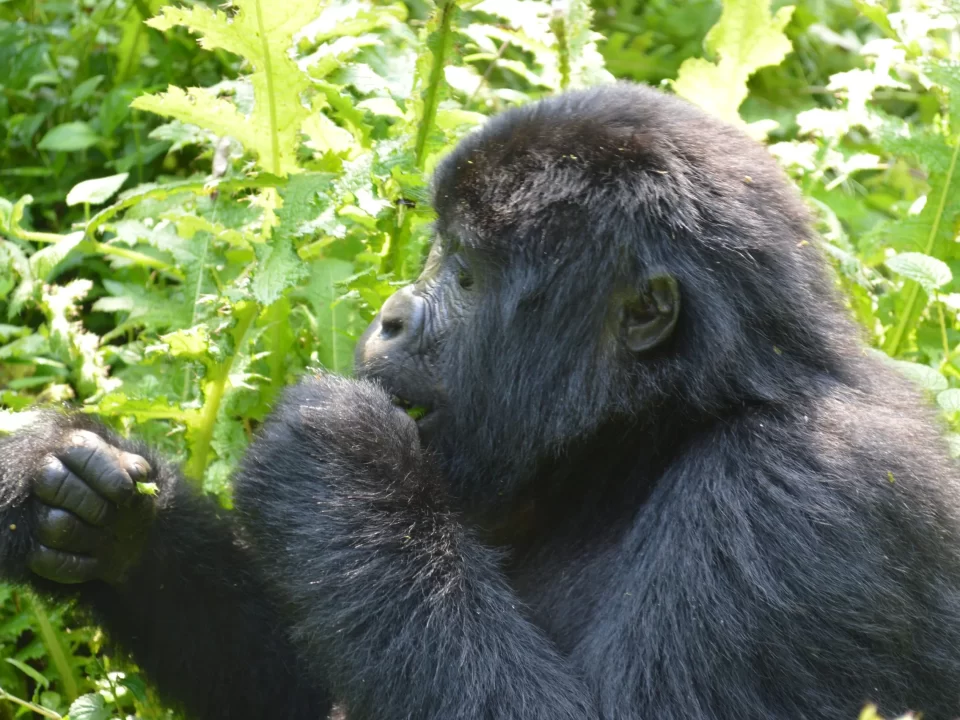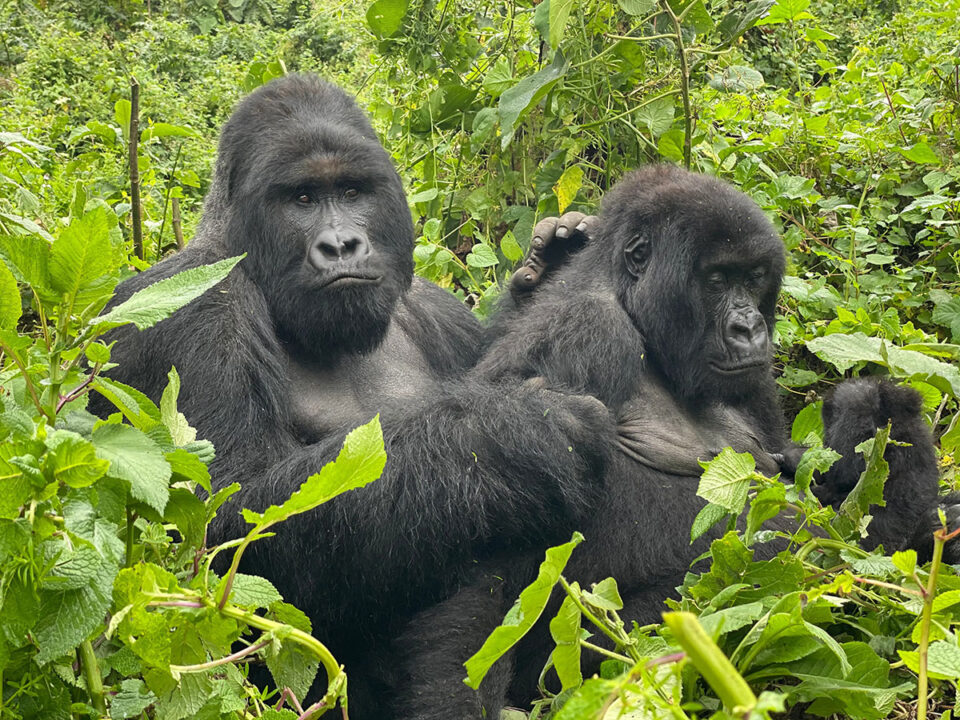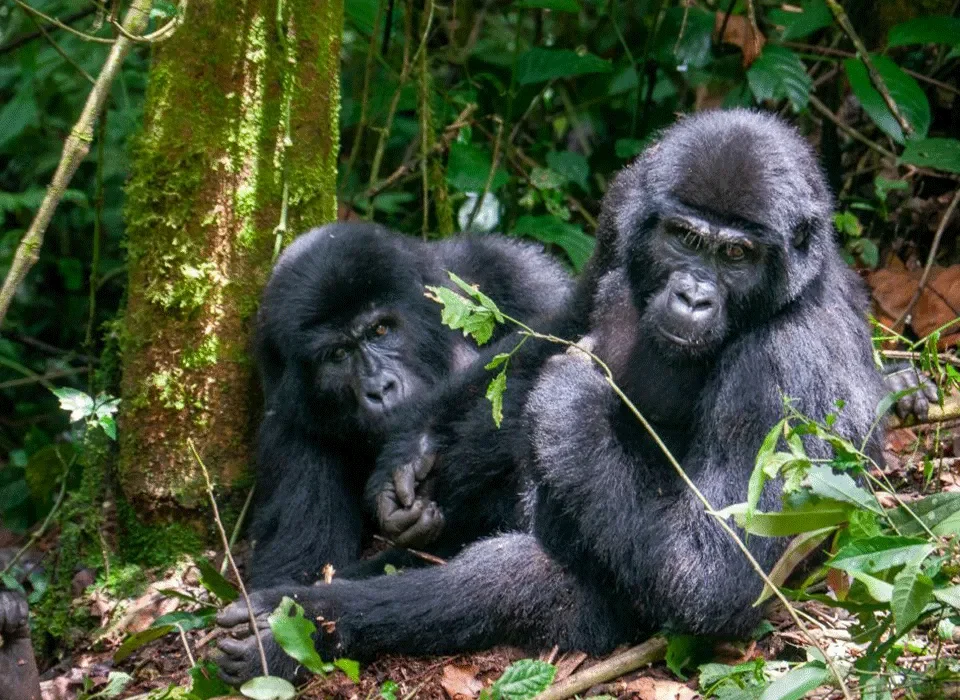Improving Gorilla Trekking Experience in Bwindi

Pros and Cons of Gorilla Trekking in Uganda
January 13, 2023
Discovering the Hidden Gems of Uganda Beyond Gorilla Trekking
January 16, 2023Improving Gorilla Trekking Experience in Bwindi
Improving the gorilla trekking experience in Uganda is essential for the country to remain competitive with its neighboring nations in terms of ecotourism. As one of only three countries in the world where the critically endangered mountain gorilla population can be found, Uganda, along with Rwanda and the Democratic Republic of Congo, plays a crucial role in the preservation of this magnificent species. The Uganda Wildlife Authority manages two national parks, Mgahinga Gorilla National Park and Bwindi Impenetrable National Park, where trekkers can encounter gorillas in their natural habitats. In contrast, Rwanda’s mountain gorillas can be found in Volcanoes National Park, and the Democratic Republic of Congo’s population resides in Virunga National Park. By enhancing the overall trekking experience in Uganda, the country will be able to attract more visitors and thus contribute to the conservation efforts of these incredible animals.
For a significant amount of time, Rwanda has been a leader in gorilla trekking, with a large number of tourists opting to trek gorillas in Rwanda compared to other gorilla trekking nations such as Uganda and Congo. The reasons for this are numerous, including the exceptional gorilla and cultural experiences in Rwanda, the ease of seeing or trekking given the Rwanda gorilla families, and the short distance or drive from Kigali to Volcanoes National Park, among others. Because of these reasons, Rwanda has been able to beat Uganda and Congo at their own game. However, Rwanda has not rested on its laurels, instead, the government of Rwanda has shifted its focus to positioning itself as a luxury gorilla trekking destination and has adopted an aggressive marketing strategy, as seen by the current campaign that will feature the phrase “Visit Rwanda” on all first-team Arsenal jerseys. The club has an estimated viewership of about 3.5 million people being targeted by Rwanda. Additionally, Rwanda has been constructing infrastructures such as luxury lodges, hotels, and conference centers in an effort to attract luxury visitors and tourists. Furthermore, Rwanda has also increased the price of gorilla permits from USD 750.00 to USD 1500.00, as it strategizes on how to improve the gorilla trekking experience in Rwanda. All these efforts will soon reap benefits for Rwanda, as more and more tourists will be attracted to the country for its luxury gorilla trekking experiences.
The Importance of Improving Gorilla Trekking Experience in Uganda
There are several advantages to improving the gorilla trekking experience in Uganda. While the country has traditionally been ranked as the second-best nation for gorilla trekking in the world, it has not yet done everything it can to become the leading gorilla trekking destination. Uganda boasts the highest number of mountain gorillas, with half of them residing in Bwindi Impenetrable National Park and the rest in Mgahinga Gorilla National Park. Additionally, the price of gorilla permits in Uganda is cheaper than in other countries. Furthermore, the country is relatively politically stable, making it a safe destination for visitors and tourists. The Bwindi Impenetrable National Park and Mgahinga Gorilla National Park can be easily accessed from Kigali, which makes Uganda a serious competitor for Rwanda in the gorilla trekking business. Despite these advantages, Uganda has not done much to promote and improve the overall gorilla trekking experience. By making improvements in this area, the country will be able to attract more tourists, leading to an increase in foreign exchange and economic growth. Additionally, the trickle-down effect of this increased tourism will create employment opportunities for many people.
Improving Gorilla Trekking Experience in Uganda
Uganda has long been a leading destination for creating an exciting gorilla trekking experience. It is the only place where one can enjoy four hours with mountain gorillas at a relatively low cost of USD 1500.00 per person per trek. When compared to Rwanda, where the same amount of money is spent on just seeing mountain gorillas, Uganda stands out as a more cost-effective option. However, in order to compete with Rwanda, Uganda needs to improve on this experience by making it special and unique. Suggestions for doing this include providing drinks to people who book gorilla habituation permits, and having the treks guided by park wardens or conservation icons such as Gladys Kalema, rather than the usual gorilla guides. By improving the gorilla trekking experience in Uganda, the country will be able to attract more tourists and compete with Rwanda.
Another strategy for enhancing the gorilla trekking experience in Uganda would be to incorporate daily morning cultural performances and refreshments at both Bwindi Impenetrable National Park and Mgahinga Gorilla National Park. This is a popular aspect of the experience that often draws tourists to Rwanda. Before the gorilla trekking briefing, traditional dance groups typically perform in Rwanda, exciting visitors and setting the mood for the trek. By incorporating similar cultural performances and refreshments in Uganda, the country can improve the overall gorilla trekking experience. This can be done by inviting local traditional dancers and providing a cup of coffee or tea before the briefing. This will give tourists a glimpse of the local culture and also refresh them before the trek.
The accessibility of Bwindi Impenetrable National Park by road has been a persistent challenge, particularly for the roads close to the National Parks in Rushaga and Ruhija. These roads are frequently in poor condition, and during the rainy season, they become impassable, making the journey to and from the park a significant inconvenience. This can negatively impact the overall gorilla trekking experience as it can cause delays, discomfort, and inconvenience for tourists. To alleviate this problem, the government and other concerned bodies should invest in the maintenance and improvement of these roads, to ensure they are passable throughout the year. This would make the journey to and from the park smoother, more comfortable and less time-consuming for tourists. Furthermore, providing alternative means of transportation such as 4×4 vehicles or hiring a local tour operator with well-maintained vehicles can also help to solve this issue. This will not only improve the trekking experience but also ensure the safety of visitors.
Despite the relatively low cost of Uganda gorilla permits at USD800 per person per trek, there is still room for improvement in the overall gorilla trekking experience in the country to attract even more tourists. One way to benefit from a top-notch experience is by booking a 3-day gorilla tour with Trek Africa Expeditions. The company has extensive experience in organizing gorilla tours to both Rwanda and Uganda, and their clients have consistently provided positive feedback on their services through platforms such as Trip Advisor and Safari Bookings. To learn more about the best deals and offers on gorilla trekking tours, interested individuals can contact Trek Africa Expeditions directly for more information.




